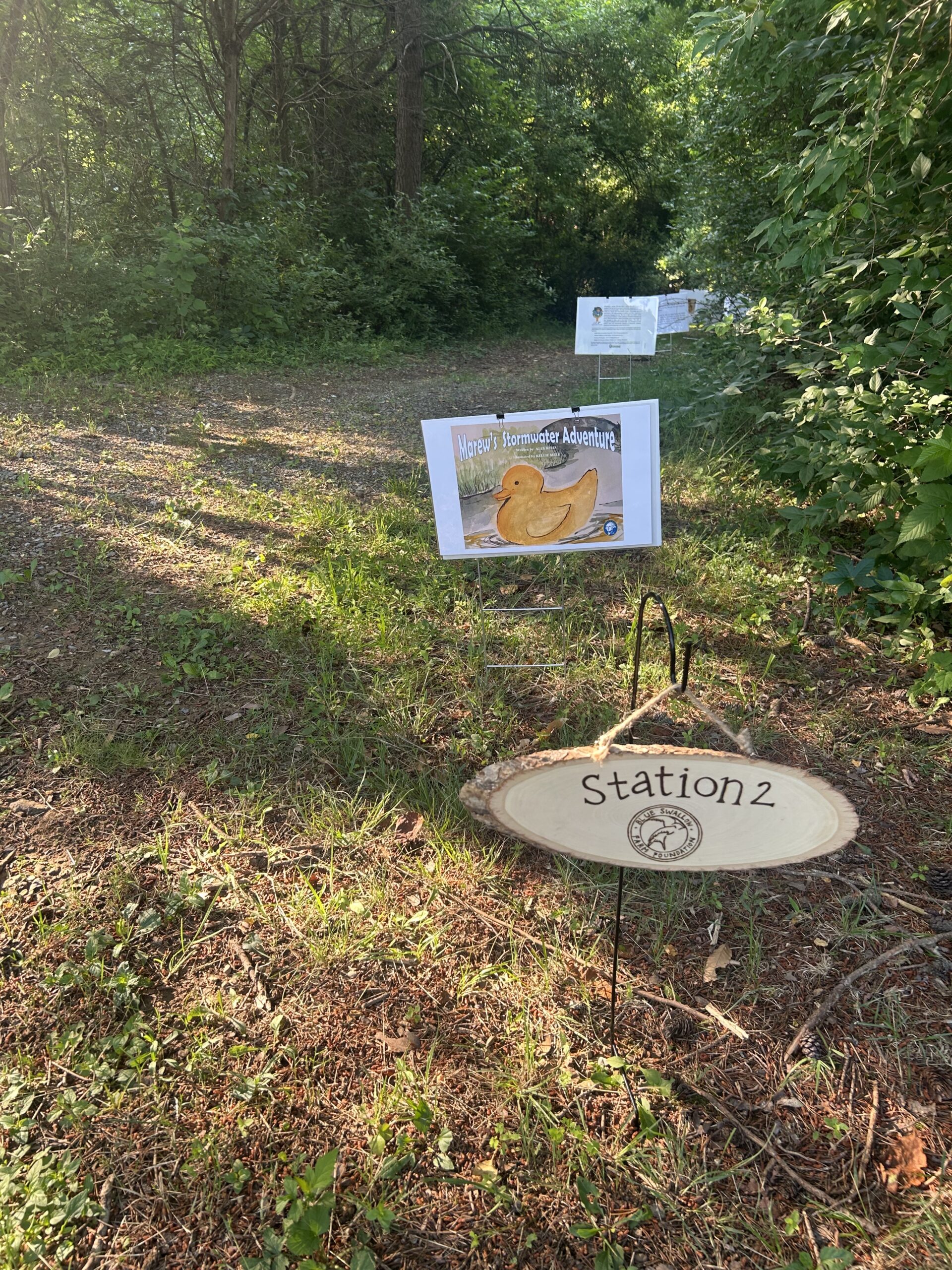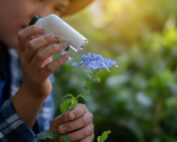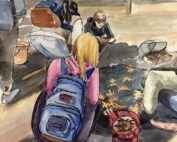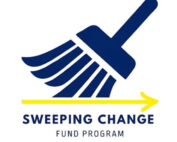Pages to Puddles: Story Walks as a Creative Tool for Assessing Stormwater Knowledge
Suzanne E. Hiller
 |
A dynamic way to teach children outdoors is through the use of story walks. As students move through an outdoor area, reading each page of a book on a sign, reading skills are enhanced while learning about diverse topics. Additionally, story walks can serve as formative assessments–a way to monitor student understanding and identify ways in which learners may be struggling (Hall et al., 2020). As is the case for many science topics, story walks are a useful method for gauging student knowledge about stormwater pollution.
Teaching and learning about stormwater pollution is a prevalent science topic in educational settings across many grade levels, often with the goal of providing students with the knowledge and skills to protect their local environments. Stormwater pollution, a term that describes when there is an unusually high level of surface water due to heavy rains or snowfall, is a significant source of contaminants within water systems. During these weather events, rather than seeping into the ground, runoff rapidly transports trash and pollutants, such as solid waste (e.g., litter), nutrient rich materials (e.g., nitrogen and phosphorous), pathogens (e.g., bacteria), toxic materials (e.g., pesticides), as well as sediment moved through the processes of weathering and erosion (Yencha, 2025).
While there are many factors that can influence the level of surface run-off, such as the presence of pervious and impervious surfaces, pollutants are nevertheless transported to local river systems. Some pollutants originate from a single location (e.g., industry), although much of the contaminants in runoff come from non-point sources, diffusing within the flow of water from multiple origins (Todeschini, 2024). Impurities can originate and combine from a range of non-point sources of stormwater pollution, including industry, commercial enterprises, railways, ports, waste disposal, agriculture, and livestock farming. The types of contaminants vary based on human behavior and whether an area is urban, suburban, or rural. For instance, areas that are close to highways have been found to have high levels of iron, lead, cadmium, and zinc, particularly in comparison to other roads in urban areas (Potrek & Tränckner, 2025). By studying a local area, educators can identify stormwater issues that are most relevant to their students.
The following activity is a stormwater story walk based on Marew’s Stormwater Adventure, written by Alex Reed and illustrated by Kellie Mele (Washington County Environmental Management, 2025). Within the story walk, there are 10 questions to assess student understanding of the reading and the topic of stormwater pollution, along with an answer sheet, and answer key. The pages can be printed (11 in. X 17 in.) and attached to corrugated signs with binder clips along a nature path. This type of activity can serve multiple benefits in terms of fostering student literacy, science understanding, and well-being through immersion in nature.
Share
LATEST RESOURCES
Pages to Puddles: Story Walks as a Creative Tool for Assessing Stormwater Knowledge
Pages to Puddles: Story Walks as a Creative Tool for […]
Engaging Digital Natives Through Literacy, Outdoor Learning, and Technology
Engaging Digital Natives Through Literacy, Outdoor Learning, and Technology
Erik […]
Teaching and Learning about Obligate Species in Vernal Pools
Teaching and Learning about Obligate Species in Vernal Pools
Suzanne E. […]





![A logo for The Sweeping [...]
</p srcset=](https://blueswallowfarmfoundation.org/wp-content/uploads/2025/03/sweeping-change-fund-1024x538.jpg)

